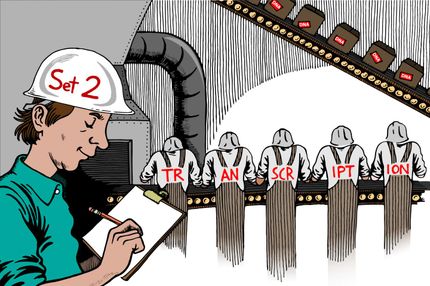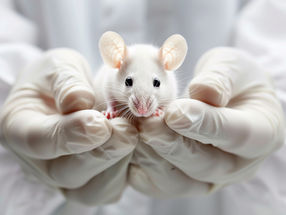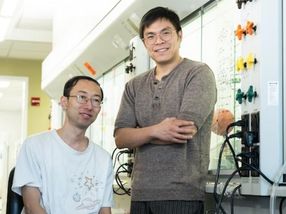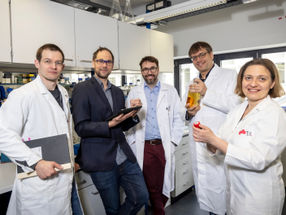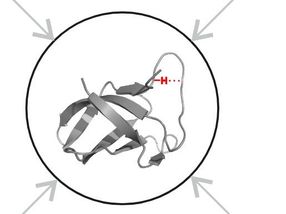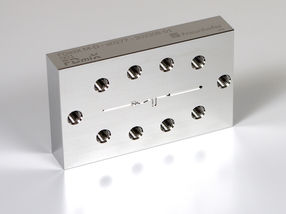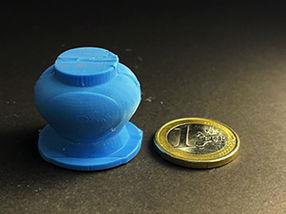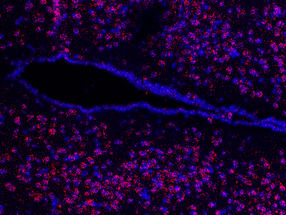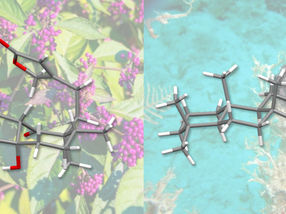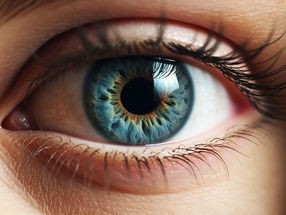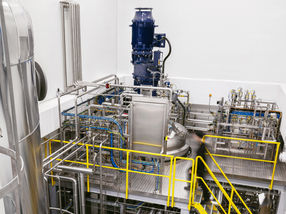New dyslexia gene identified
Dyslexia is a condition which involves difficulties reading and writing despite a normal intelligence and education, and one that affects 3-10 per cent of the population. The causes are thought to be partly genetic, and several possible candidate genes have been proposed. However, the biochemical mechanisms behind dyslexia remain unclear. Now, scientists at Karolinska Institutet, working alongside a team of researchers from Finland, have identified a new gene, called ROBO1, associated with dyslexia. The results of the study show that the gene was mutated in one dyslexic individual and had a lower Expression in a group of others. ROBO1, which is localised on chromosome three, is involved in the development of neural tracts between the cerebral hemispheres. This is the first time that such a specific biochemical and developmental biological mechanism has been linked with dyslexia.
"Disrupted communication between the cerebral hemispheres could explain why an individual with a dysfunction in this gene can develop dyslexia, but we still do not know exactly how ROBO1 affects reading and writing skills," says Professor Juha Kere of the Department of Bioscience at Novum at Karolinska Institutet's Centre for Biotechnology.
The research group, which identified the first dyslexia-linked gene two years ago, will now go on to try to discover exactly which effects of ROBO1 are the most critical.
Original publication: K.Hannula-Jouppi, N. Kaminen-Ahola, M. Taipale, R. Eklund, J. Nopola-Hemmi, H. Kääriäinen, J.Kere; "The Axon Guidance Receptor Gene ROBO1 is a Candidate Gene for Developmental Dyslexia"; PLoS Genetics 2005.
Organizations
Other news from the department science

Get the life science industry in your inbox
From now on, don't miss a thing: Our newsletter for biotechnology, pharma and life sciences brings you up to date every Tuesday and Thursday. The latest industry news, product highlights and innovations - compact and easy to understand in your inbox. Researched by us so you don't have to.
